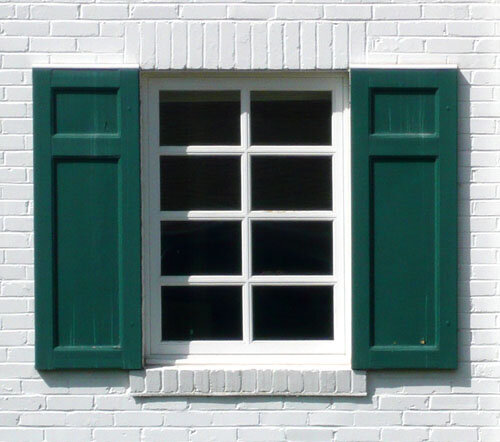As a recently appointed member of the City of Boulder's Landmark Preservation Advisory Board, I have taken on the task of walking each of the City's officially designated Historic Districts. I have lived and worked in Boulder for ten years, but even a curious architect is likely to miss the significance of surrounding buildings, especially the smaller districts. This is very true of the Floral Park Historic District located just east of Chautauqua, between Mariposa and Bluebell, 15th and 16th streets.
In 1940 eight UC Boulder professors pooled their resources and purchased a complete undeveloped block in the recently platted lots south of Chautauqua. Their plan was to build their houses around a shared common space, providing a larger outdoor area for kids and family and protecting views to the mountains. In the West, where individualism reigns supreme, this act of enlightened semi-communal planning was dubbed "Little Russia".
The eight houses have fairly typical setbacks, but parallel to their joint rear property lines, a 45 foot area on each side of the property line was set aside for the use and enjoyment of the block as a whole. This green strip of communal use land is bounded by a heavily wooded west end, "The Wild", and a string of attached garages on the east end. This type of sophisticated planning was rare, at least in the West,and anticipated the more enlightened "new urbanist" developments by some 50 years. Larger examples of house-bounded communal space can be found elsewhere, but none that I know of that were envisioned and generated by a small group of private homeowners on a modest scale. It is very sad that even today, some 70 years later, creating this kind of small, non-developer driven, humanist planning is almost unheard of and would require passing through the significantly encumbered PUD site planning processes.
The houses, designed by James Hunter in the office of Glen Huntington are not that remarkable and the identity of the block as significantly different from its neighbors is subtle. Only by moving around the block does one begin to recognize the white-painted masonry and colored shutters as of a type. The remarkable land use plan, the common open space, is undetectable from the street.
By pooling their money, the eight families of then young faculty members, hired the same architect, the same builder and utilized the same building materials, generating significant cost savings to each. The combination of faculty - history, interior design, economics, speech, engineering, asian studies, english and law - is particularly interesting and that they choose the lots by "drawing lots" was remarkable.
In 1977, under the protest of one of the homeowners, the City of Boulder granted Historic District designation to Floral Park. Of note is that the City, while commending the architecture, clearly recognized and praised the communal land development, a kind of early Planned Unit Development, as worthy of protection. This protection extends the "gentlepersons" agreement as to the maintenance, protection and use of the common land and directs its future through the landmark status.
(Thanks to the excellent information at the Carnegie Branch of the Boulder Public Library, especially the historical documents gathered and summarized by Susan Baldwin)






